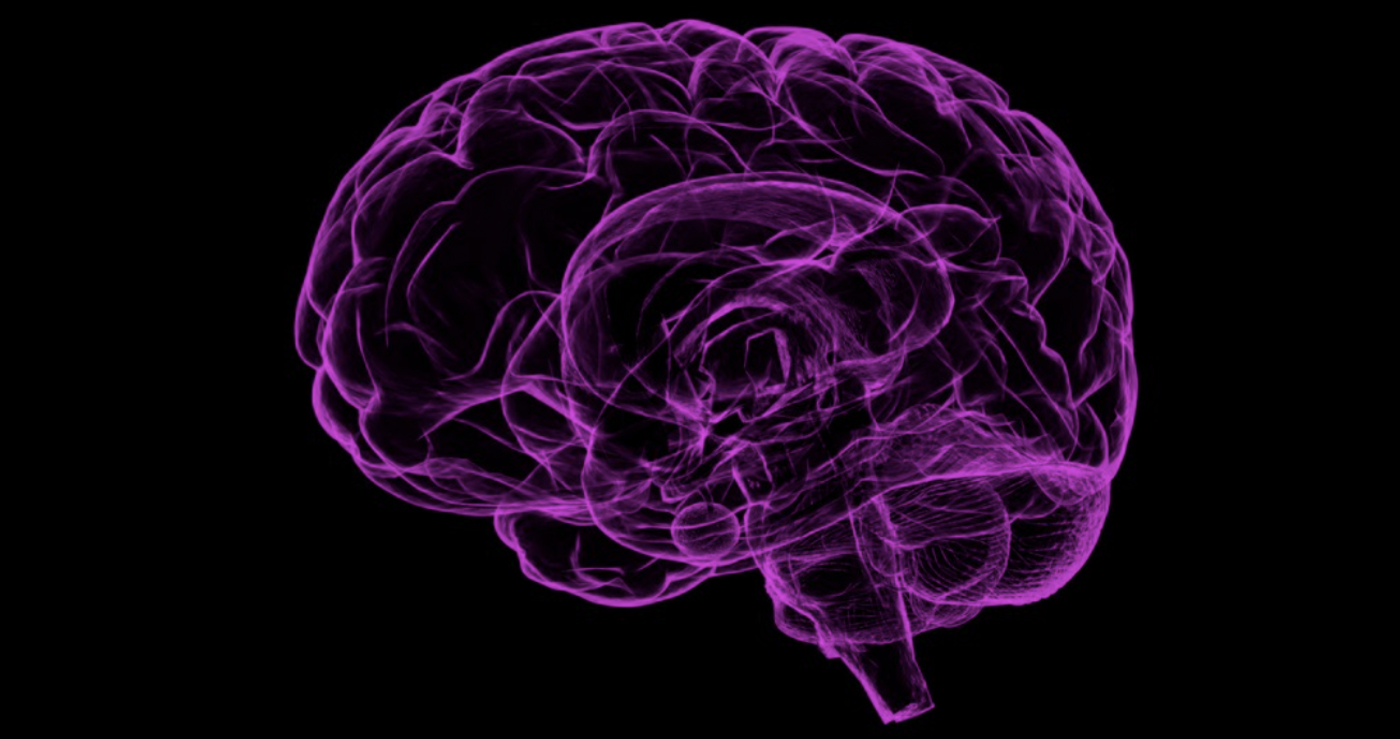A Protein Pair That Supports the Alzheimer's Amyloid Hypothesis is Discovered
There has been a great deal of controversy surrounding Alzheimer's research in recent years. Some scientists have long hypothesized that the disease is related to the buildup of toxic proteins known as amyloids. Other work has indicated that there could be other causes, such as inflammation in the brain. One issue with the so-called amyloid hypothesis is that treatments that have been aimed at breaking up the toxic protein clumps have not done well at relieving symptoms of disease. New research, however, has come out in support of the idea that amyloid-beta plaques are central to the development of Alzheimer's disease.
In this work, which was reported in Science Advances, researchers determined that two proteins in the brain come together when amyloid plaques form. When these proteins pair up, genetic changes occur that are linked to Alzheimer's and trigger the buildup of another toxic protein, called tau. Tau is thought to be a major factor in neurodegeneration.
"This protein pair seems very central to the disease, and because it does not appear to have another function in the brain, it is a good target for a new therapy," said senior study author, Ulrich Hengst, PhD, an associate professor at Columbia University.
This work began with a search for pairs of proteins that cause changes in the activity of brain cells affected by Alzheimer's disease.
The investigators wanted to know if there were ways to disrupt these protein pairs, and stop the genetic changes that occur so the disease can be prevented, said first study author Cláudio Gouveia Roque, PhD, an associate research scientist in the Hengst lab.
Previous work has not investigated protein pairs in Alzheimer's, even though certain proteins are known to work that way. "Consequently, our understanding of the changes underlying Alzheimer's progression has been fragmented and incomplete, and because of that, we've most likely missed therapeutic opportunities," noted Hengst.
This study revealed a pair of proteins consisting of ATF4 and CREB3L2. Amyloid encourages them to bind to each other, and together they are linked to about 50 percent of the gene activity that happens in brain cells during Alzheimer's.
As a pair, CREB3L2-ATF4 activate a network of other proteins, leading to the accumulation of tau in neurons. The CREB3L2-ATF4 pair also prevents the cellular machinery from removing old or damaged proteins from neurons, which is another hallmark of Alzheimer's.
In healthy neurons, CREB3L2 and ATF4 are solo players, but their binding together increases significantly when the cells are under stress, such as that caused by high amyloid levels.
"These two proteins are like two teenage boys," said Hengst. "Individually, they may be relatively harmless. But if you put them together without a responsible adult in the room, they're likely to be up to no good."
It may also be possible to treat Alzheimer's by breaking up this harmful pair. Proteins that influence gene activity are often challenging to target with drugs because so many things are affected. But it may be possible to preserve the normal function of CREB3L2 and ATF4 if the pair is prevented from forming, noted Hengst.
The researchers have also found that an existing drug called dovitinib can break up CREB3L2-ATF4, and it has been approved for renal cancer treatment. Now, more work will be needed to determine whether this drug could be used as a therapeutic for Alzheimer's, a goal that has long eluded researchers.
Sources: Columbia University, Science Advances









